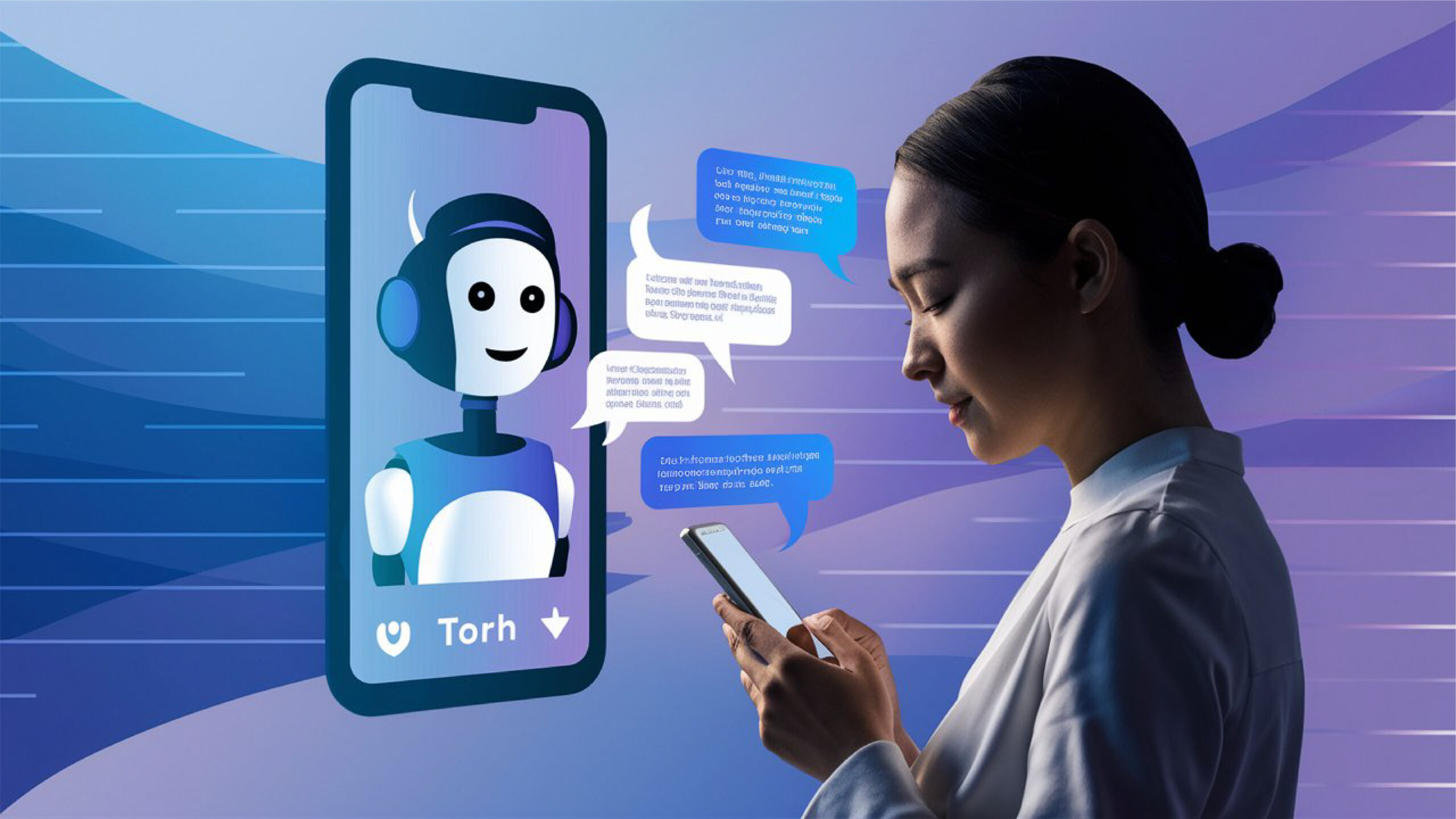Introduction
An Artificial General intelligence is a hypothetical type of intelligent agent designed to be as smart as humans or animals can perform their intellectual tasks. It has not yet been achieved, but it is the ultimate goal of many researchers and companies such as OpenAI, DeepMind, Anthropic, and many more. AGI is a long way off, but there has still been much research. Researchers have developed new techniques for Machine Learning and Natural Language Processing that have made it possible for computers to perform tasks once thought impossible.
There are many potential benefits of AGI. It could solve the most pressing problems: climate change and poverty. It could also be used to create new and innovative products and services; however, some potential risks are associated with AGI. If the development of AGI is not approached with caution, it has the potential to pose a threat to humanity. For example, AGI is used to create autonomous weapons that can kill without human intervention. So, it is essential for the public to discuss and develop it responsibly.
AGI should possess various cognitive abilities, including reasoning, problem-solving, adaptability, creativity, effective communication, and generalization. However, achieving these abilities in practice presents a significant challenge for AI researchers and developers.
There are many different approaches to AGI, but the most popular ones are The SymbolicAI approach is very good at problem-solving solving that can be expressed in symbolic form, such as solving puzzles.
The connectionist AI approach aims to create general intelligence from architectures that resemble brain-like neural networks to represent the world. It is good at learning the data and recognizing the patterns. DeepMind AlphaGo and other deep learning systems are good examples.
The Embodied AI approach is good at interacting with the world and learning from experiences. The HybridAI approach is a mixture of different AGI approaches and can take advantage of the strengths of these approaches. Most expressive robots exist right now.
Challenges of AGI
Ethical dilemmas AGI development raises ethical concerns: accountability, privacy, and bias risks. Adherence to ethical standards is vital to prevent unintended consequences. AGI’s potential to surpass human capabilities raises job displacement concerns, especially in labor-intensive sectors, causing economic imbalances and social disruptions.
AGI’s cognitive power could enable dominance and manipulation in elections by predicting voter behavior and crafting personalized messages for influence. Pathways to AGI are Machine Learning, Natural Language Processing, Computer Vision, Robotics, and other approaches.
Types of Artificial General Intelligence
Narrow AI, or weak AI, is a type of artificial intelligence that focuses on a single task with a limited range of abilities. This includes all kinds of Natural Languages, including Siri.
General AI could think on the same level as a human, like Sonny, the robot in I-Robot.
Superintelligence technology would have to be more capable than a human in every way. These AI entities wouldn’t just perform tasks; they could also possess emotions and engage in relationships.
Levels of AGI
Level 1
AGI's ability to perform specific tasks proficiently and its practical applications.
Level 2
AGI's capacity to handle multiple tasks effectively, and they will appreciate its versatility.
Level 3
AGI's capacity to adapt and learn in new situations, making them aware of its potential dynamic environments.
Level 4
AGIs can understand and reason like humans, which has implications for problem-solving and decision-making.
Level 5
AGIs are human-level AIs or are indistinguishable from humans. Several tests, including the most effective test, The Turing Test (Turing), have been considered to confirm that AGIs have been considered.
Both a human and a machine talk unseen with a second human, who must evaluate which of the two is the machine. The system passes the test if it can successfully deceive the evaluator most of the time.
The different applications of AGIs are autonomous self-driving cars, medical diagnosis, virtual assistants, and robots.
Conclusion
Artificial General Intelligence (AGI) holds immense promise and potential but demands careful ethical considerations. Keeping a balance between innovation and responsible deployment is crucial to harness AGI’s benefits for humanity.
Join CrossML Private Limited in shaping the future of artificial intelligence and machine learning. Together, let’s innovate, collaborate, and drive positive change. Explore opportunities and be part of our cutting-edge solutions today!
FAQs
Developing AGI faces challenges such as common-sense reasoning, adapting to diverse environments, handling ambiguity, and addressing ethical concerns. Researchers actively work on solutions.
AGI's timeline is uncertain. Despite remarkable AI progress, achieving accurate general intelligence involves complex challenges, making an exact prediction challenging.
AGI's success promises revolutionary advances in healthcare, education, and problem-solving, augmenting human capabilities and automating tasks for global challenges.
Researchers prioritize AGI safety, exploring value alignment, robustness testing, and fail-safes. Ethical guidelines are crucial for responsible AGI development.



